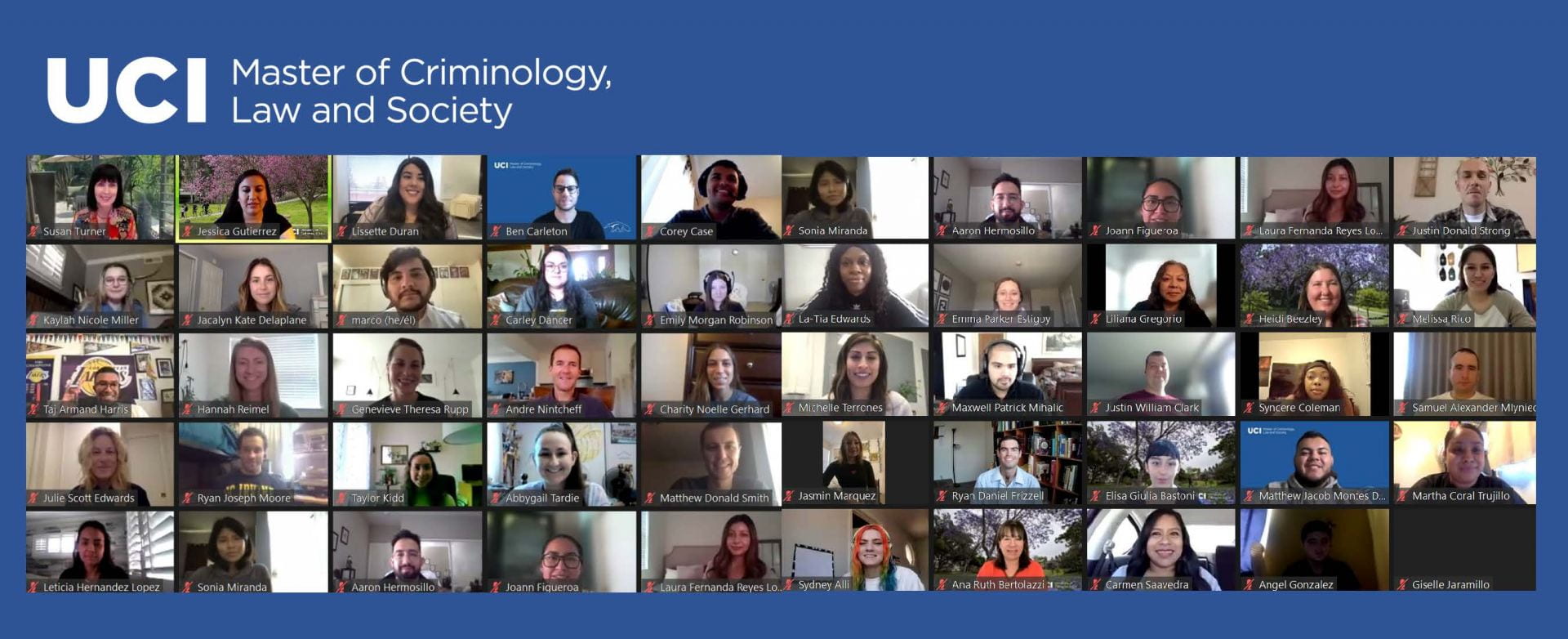DAC ’09 links culture, technology
Prestigious conference brings 100 presenters to UC Irvine in subjects ranging from informatics to science and technology studies, and from media studies to digital art and design.

With society at a turning point at the intersection of culture and technology, Simon Penny, professor of arts and engineering at UC Irvine, has assembled an international cohort of interdisciplinary practitioners and theorists who will meet on campus Dec. 12-15 to discuss directions forward.
Penny is director of the Digital Arts & Culture 2009 conference, entitled “After Media: Embodiment and Context.” The DAC conference series, which began in 1998, has been hosted by institutions prominent in digital culture scholarship in Europe, the U.S. and Australia. This is the first time the event has been held on the West Coast.
“DAC is known to be a conference at the vanguard of interdisciplinary intellectual exchange – a think tank that nurtures emerging fields,” Penny says.
The UCI conference will feature more than 100 presenters in subjects ranging from informatics to science and technology studies, and from media studies to digital art and design. The academic schedule will be augmented by digital cultural events, including a Beall Center for Art & Technology exhibit called “Emergence: Art & Artificial Life”; “Latent Potentials,” a concert of telematic music; and an e-literature extravaganza.
Penny took time out from planning to elaborate on the event and its focus.
Q. How is UCI a leader in digital arts and culture?
A. Some UCI faculty, departments and programs are recognized for their leadership in this field. The informatics department in the Donald Bren School of Information & Computer Sciences (ICS) is well-known for embracing anthropology and sociology. The Beall Center for Art & Technology is the only venue of its sort in the western U.S. The arts, computation & engineering (ACE) program is widely respected. Various faculty in ICS, humanities, social sciences and the arts – such as Paul Dourish, Tom Boellstorff, Kavita Philip, Elizabeth Losh, Robert Nideffer, Antoinette LaFarge, Peter Krapp, Beatriz da Costa and others – are internationally recognized theorists and practitioners. The work demands a deep understanding of technology, scientists, engineers and human culture. Such interdisciplinary research is a wellspring of new knowledge and innovation, but it can be challenging to pursue since it bridges major campus divisions.
Q. How has computing changed in recent decades?
A. Not so long ago computers were huge, expensive machines operated by technical specialists. The first 25 years of consumer digital technology development was largely devoted to making the machinery and software systems more sophisticated and improving production. Now, with digital technology reaching into diverse and unexpected aspects of society, continued development hinges on more successful integration with existing human practices and different cultures.
Q. How might interdisciplinary study affect the future of consumer digital media and technology use?
A. While the Internet, miniaturization, wireless communications and mobile technology have freed us from some of the limitations of the desktop, we still poke at impossibly tiny keyboards, still pre-process our thoughts into alphanumeric keystrokes. Why is it that our miniature wireless devices still employ the interface of century-old mechanical typewriters? The machinery filters the complexity of human experience so that some aspects, like text, take priority and others, like gestures, demeanor and intonation, just disappear. Surely such sophisticated machines can be made more sensitive to the subtleties of human intelligence and expression.
Q. What will artists be discussing at the conference?
A. In the arts, and in the history of crafts and trades generally, it’s a cliché that there is a tool for every job and a job for every tool. The more adept you become at using those tools, the finer your production and the finer your discernment regarding such tools. Computers are often described as general-purpose machines. In the consumer world, this mathematical truth has been extrapolated to imply that a single “box” is right for all jobs. This is one way to think about the challenges of “culturally appropriate computing.”
Q. Why is this conference important now?
A. We’re at a point in history when, for the first time, children are “growing up digital.” Digital arts and cultural practices are rapidly evolving. Digital technology is an active presence in increasingly diverse aspects of our lives. These are new realms for sociological and anthropological study. Further development of digital technology depends on a better understanding of the complex interrelationship between computing and human culture, and richer digital culture depends on such development. These issues are the focus of the DAC conference.
